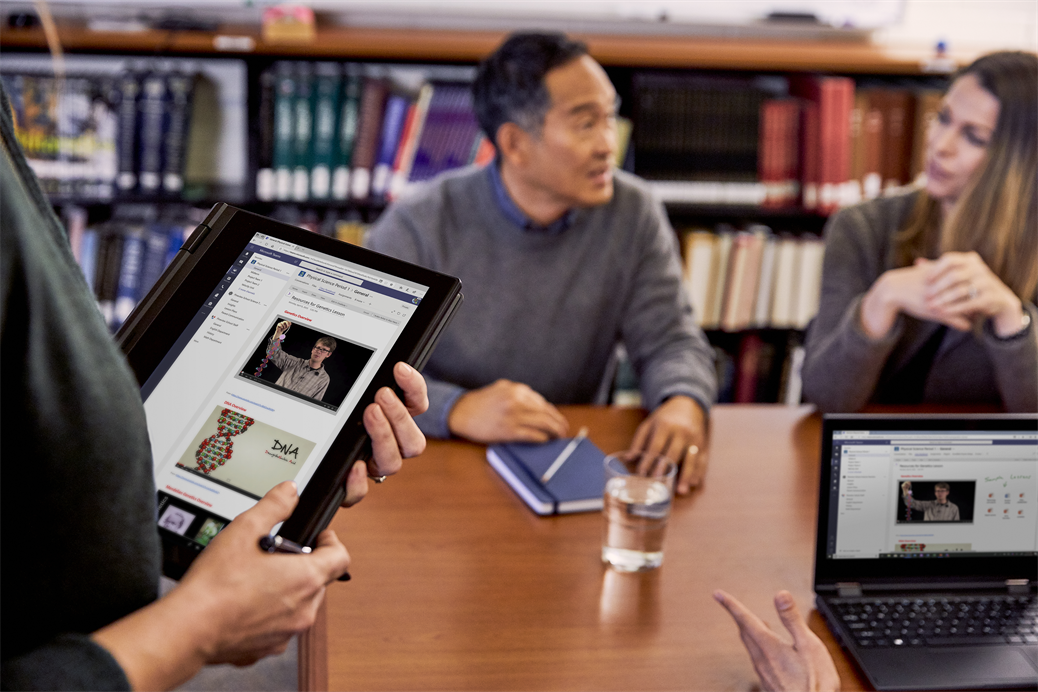By Ralph Haupter, President, Microsoft Asia. This article was originally posted on LinkedIn.
 All business leaders (myself included) have had to step up to the challenge of addressing what are often unique, always fast-changing business continuity challenges, posed by COVID-19. A recent survey by Mercer (Business Responses to the COVID-19 Outbreak) found that nearly half (42 percent) of all businesses are currently encouraging employees to work remotely and that 92.2 percent of companies have said that working from home remains their primary option of choice during an office closure. Jared Spataro, Microsoft 365 Corporate Vice President, recently shared an email from Microsoft China employee Lily Zheng on her learnings from working remotely during the #COVID19 outbreak.
All business leaders (myself included) have had to step up to the challenge of addressing what are often unique, always fast-changing business continuity challenges, posed by COVID-19. A recent survey by Mercer (Business Responses to the COVID-19 Outbreak) found that nearly half (42 percent) of all businesses are currently encouraging employees to work remotely and that 92.2 percent of companies have said that working from home remains their primary option of choice during an office closure. Jared Spataro, Microsoft 365 Corporate Vice President, recently shared an email from Microsoft China employee Lily Zheng on her learnings from working remotely during the #COVID19 outbreak.
We have all had to make major changes to how we live and work. When we return to ‘normal operations’ at some point in the future – it is likely that some of these changes might have changed our routines forever.
These are indeed extraordinary times to lead a business – not only to keep operations productive, but most importantly, to reassure and help to keep people safe. At Microsoft, our top concern is the wellbeing of our employees and supporting our customers in dealing with business impact during these challenging times. By making Teams available to as many people as possible, we hope that we can support public health and safety by making remote work even easier.
Today in a Microsoft 365 blog post, we detail how individuals and organizations can access Teams for free and what we’re doing to ensure continuity of service during increased usage.
The Mercer study also highlights that many employees rely on their employers to monitor and assess the situation and share key findings with them. For example, it is important to not only gather information from the World Health Organisation (WHO) and government entities, but to evolve business continuity plans and communications to reflect the latest developments. Brad Smith in a recent blog post, reinforced how we’re actively helping “healthcare teams stay connected with telehealth solutions, schools and universities stay connected with students through virtual classrooms and online learning, and governments stay connected with their citizens with the latest guidance and resources made available online.”
I also totally agree with Brad’s sentiment that while our technology has a vital role to play in supporting people and organizations, it is our individual actions in: staying focused on personal and public health as the priority, helping individuals to adjust and ensuring we are integrating the latest and most relevant guidance into our business continuity plans – that will allow us to overcome this very unique operating environment. I am inspired daily by the stories I hear of companies addressing these challenges – and wish all of us the very best in continuing to do so.






